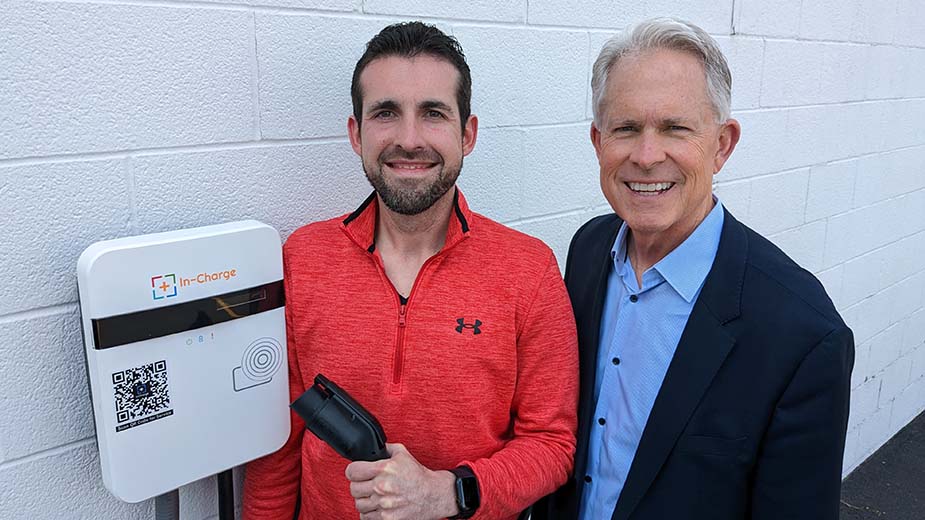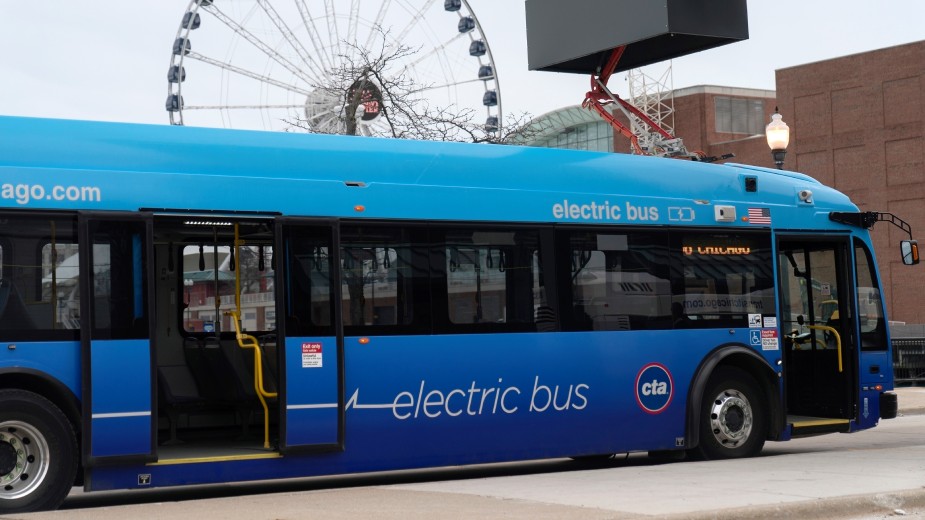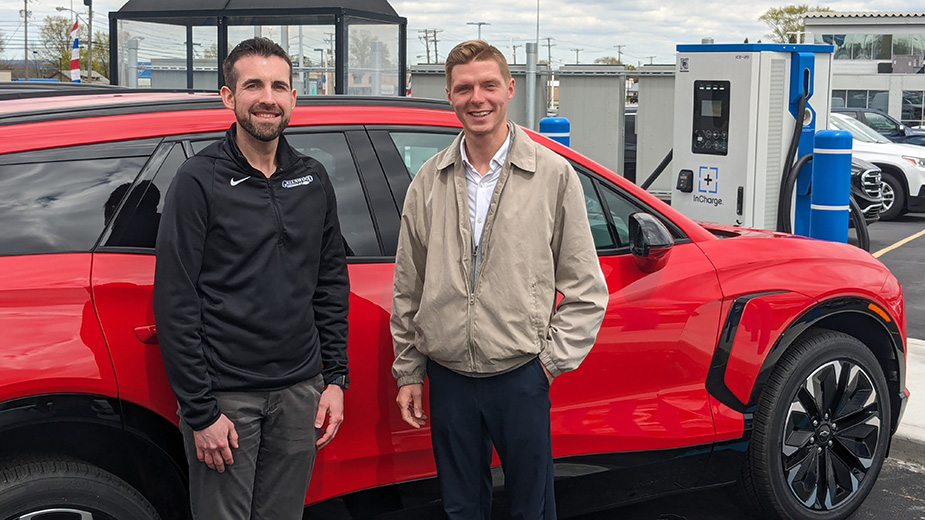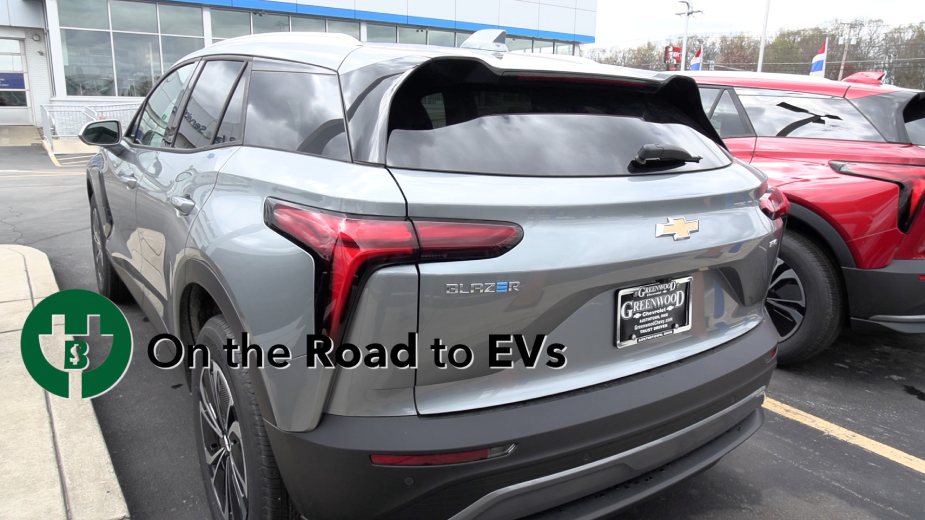On the Road to EVs: Incentives Drive Interest
AUSTINTOWN, Ohio – Federal tax incentives for consumers who buy electric vehicles that were rolled out last year as part of the Inflation Reduction Act have many potential customers scratching their heads.
What is the nature of these incentives? What do they cover? Which vehicles apply? How could a customer qualify for these incentives?
Although customers might be somewhat confused, manufacturers are not, says Greg Greenwood, president of Greenwood Chevrolet in Austintown.
“That’s important,” Greenwood says. “It’s kind of like a lead time for a plant. You need to know what to do to qualify for those incentives.”
In a broad sense, consumers can qualify for up to a $7,500 credit on their federal tax returns on the purchase of an eligible new EV.
Still, amendments to the Clean Vehicle Credit released in April stipulate that for an EV bought after April 18 of this year to be eligible for consumer tax credits, it must meet additional criteria. Among them is the amount of content – specifically critical minerals and battery components – that manufacturers source from North America.
For example, for 2023, at least 40% of an EV battery’s critical mineral value must be extracted or processed in the United States, a U.S. free-trade partner country, or recycled in North America. That amount increases to 50% the next year and incrementally rises 10% each year to 2027. An EV that meets this threshold makes it eligible for $3,750 in tax credits.
A second tier of the incentives package involves EV battery components. In 2023, at least 50% of the value of an EV’s battery components must be made or assembled in North America for the vehicle to qualify for another $3,750 in tax credits. That increases by 10% each year until it reaches 100% in 2029.
“The Chevrolet Blazer, Equinox and Silverado EVs are going to be eligible [for tax incentives],” Greenwood says. “Chevy’s going to be OK and that’s great.”
These EVs must also fall within a specific retail price range, Greenwood says. Under the new rules, trucks and sport utility vehicles with a sticker price above $80,000 would not qualify. Passenger vehicles with a sticker price higher than $55,000 would also be excluded from any incentives. Under these guidelines, some higher-end Silverado EV models – the Trail Boss, for example – would exceed the retail price threshold, pricing them out of the incentives.
“It gives a footprint for manufacturers to figure out what they have to do in the next few years to be eligible,” Greenwood says. “If they understand how it will play in their world, then they can make investment decisions and speed go-to-market decisions.”
There are also income parameters that determine who can qualify, Greenwood adds. Joint tax filers earning under $300,000, head-of-household filers earning less than $225,000, and all other filers earning less than $150,000 are eligible for the tax credits.
Commercial and business customers are eligible for a $7,500-tax credit without the battery, minerals or income stipulations, according to the new rules.
Greenwood says these incentives are sensible to jump-start adoption in what is clearly a long-term, irreversible trend among consumers and manufacturers. Eventually, these incentives will sunset as EV use becomes mainstream over the next decade or so, he says.
“By mid-2024, General Motors is targeting a half million EVs assembled,” he says. “By mid-2025, one million. That gives you some idea of the ramp up. We’re going from literally nothing to half a million, then to a million.”
For dealers such as Greenwood, the long-term goal is to figure out how to make EVs relevant and affordable to customers who are comfortable with traditional gas-powered cars and trucks.
“It won’t be for everybody,” Greenwood says of EV adoption. “There are still internal combustion engines that people prefer.” The task ahead is to develop a plan to make EVs more affordable and relevant to this customer base in the Mahoning Valley.
The new tax credits could play an important role, says Kevin Lawson, Greenwood’s EV specialist and sales and leasing consultant.
“We’re excited about this tax credit,” he says. “I think it’s going to do great things in the market.”
Lawson makes it a point to inform customers that they should consult a tax professional first regarding whether these tax credits make sense to them. “I have to tell customers that we’re not accountants,” he says.
There’s a misconception among buyers that these incentives come directly off the price of the EV, Lawson says. Or, others think that these incentives take the form of a rebate mailed to their door.
“It’s a tax credit,” Lawson says. These credits work just like any other deduction or credit an individual would claim on their year-end federal tax returns.
The program has helped to generate more interest among local buyers, Lawson says. “It’s definitely given some customers motivation to look into buying an EV.” The dealership, he continues, has added another wait list for the Equinox EV, which plans to be in full production by spring of 2024.
Customers will also have the opportunity this summer to test drive a Blazer EV “exposure” model. Greenwood Chevrolet is slated to receive two demonstration vehicles this year. Deliveries of the EV Blazer are expected to begin this summer.
“Say you bring your car in for service,” he says. “In the meantime, you can try out an EV Blazer. It gives us a chance to demonstrate its capabilities.”
Another critical step is to accelerate battery production and develop an EV charging network to support vehicle manufacturers’ ambitious build schedules, Greenwood says.
“Battery development is going off the charts,” he says. “People are putting billions of dollars in development, which is good, because these things aren’t going anywhere unless we rapidly improve our battery availability.”
As far as new EV models go, the Equinox will have limited availability in 2023 and be in full production by spring of 2024, while the Silverado should be available by this fall, says Jim Conlin, new-car manager at Greenwood.
Chevrolet’s current EV lineup, the Bolt EV and EUV, will be discontinued at the end of this year. “It’ll be nice to have more of a product lineup with the addition of the Silverado, Blazer and Equinox right around the corner,” Conlin says.
Charging networks are also important – both for the dealerships and the public, he says. “We’ve already had an 11-kilowatt charger for a couple of years for customers to charge their vehicles,” he says. More recently, the dealership installed two 19-kilowatt chargers, which deliver a slightly faster charge than the smaller charger.
Within the next several weeks, the Greenwood dealership plans to add two public DC fast-charging stations – a 120-kilowatt and a 180-kilowatt – that have the capability to charge a total of four vehicles in the lot, Conlin says. “We are close to the freeway. State Route 11 here. So that will definitely help with customers.”
Greenwood’s Hubbard dealership recently completed the installation of two DC fast chargers at its store. DC fast chargers are able to deliver a charge faster than the 11-kilowatt or 19 kilowatt chargers, Conlin says. “It’s different for each vehicle as well.”
GM vehicles using its new Ultium platform charge much faster than the batteries used for the Bolt EV and EUV, according to Conlin. A new Silverado EV truck, he says, would be able to achieve more than 80% of its charge in less than an hour on the 180-kilowatt DC fast charger planned for Greenwood. Other vehicles on the Ultium platform can charge to 80% within 30 minutes, he says. An 11-kilowatt charger, depending on the model, could take up to 10 hours to charge a vehicle.
Currently, GM has an incentive program that covers the purchase and installation costs of a Level 2 residential charger to any customer who buys or leases a Bolt EV or EUV, Conlin adds.
Also, those who pay for the installation of an electric-vehicle charger in their homes are eligible for a 30% federal tax credit of up to $1,000.
Area electrical contractors say they are seeing a bump in demand and each week field more calls about installing EV charging stations.
“We probably do two to three residential chargers per month and another two to three offices,” says Jason Rubin says, president of CR Electric in Liberty Township. “We’ve done quite a few dealerships too.”
CR Electric installed Greenwood Hubbard’s DC fast chargers and is in the process of preparing the dealership in Austintown for its new stations, Rubin says. “We’re marketing it more,” he says. “It’s not just the electric – we do the entire turnkey operations.”
Rubin says he’s hoping to complete the installation at Greenwood’s Austintown location within a month. Meantime, he’s exploring other opportunities with local businesses, service stations and other sites.
“They’re coming,” Rubin says of EVs. “They’re definitely putting these chargers in.”
ON THE ROAD TO EVs is sponsored by Greenwood Chevrolet.
Pictured at top: Jim Conlin and Greg Greenwood stand near a charging station at Greenwood Chevrolet in Austintown.
Copyright 2024 The Business Journal, Youngstown, Ohio.



